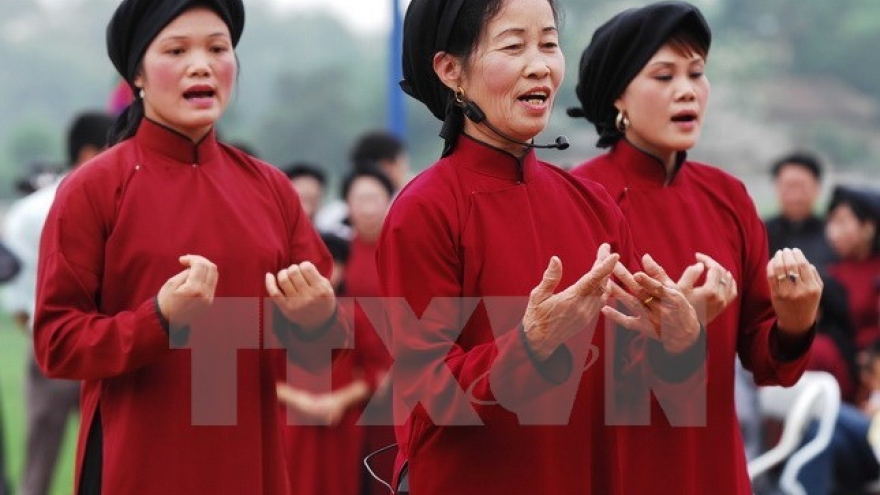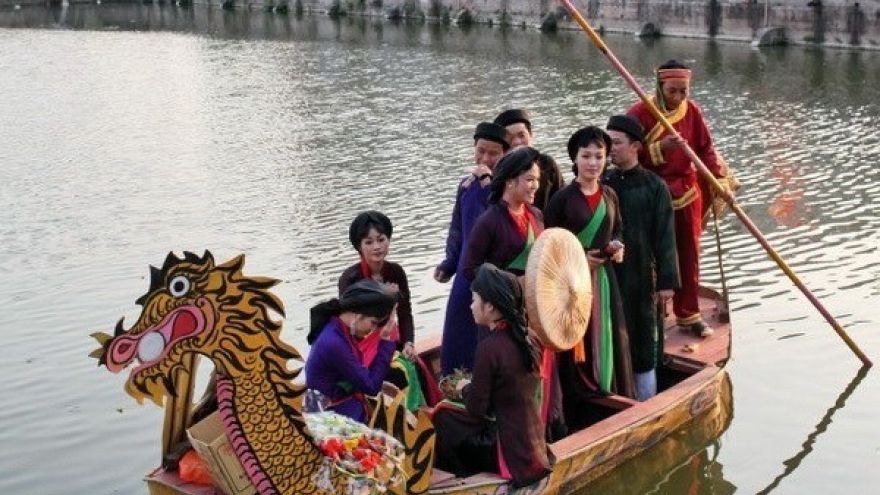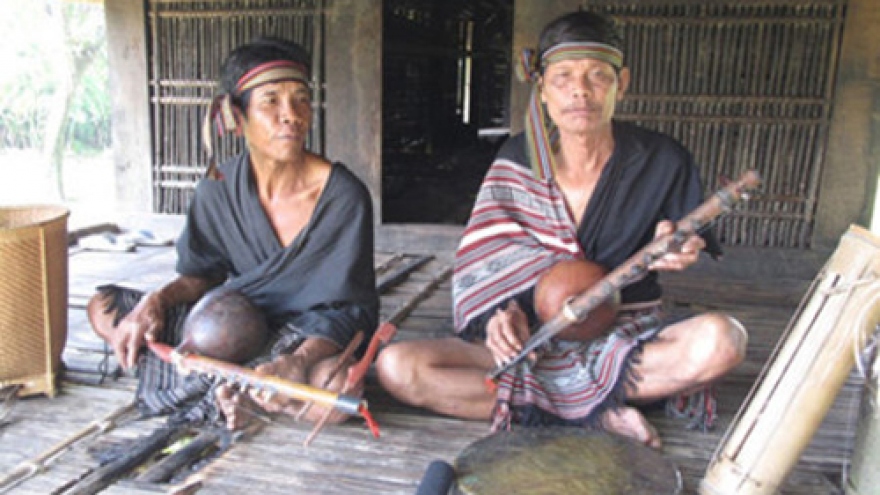VN prepares UNESCO application for Then singing
Vietnam will submit dossiers asking UNESCO to recognise the Tay and Nung ethnic people’s Then Singing Practice as a world intangible cultural heritage before March 31, according to the government office’s official document.
One of the advantages of the filing process is that several local thay then (then master), religious rituals related to then singing are still practiced; artifacts and documents in Tay-Han language are still preserved in families with then singing tradition, said Dinh.
 |
Then singing is a form of art combining literature, music and dancing that has long been a religious and cultural practice of Tay, Nung, Thai ethnic groups in the northern mountainous area of Vietnam.
The form of singing is practiced in five northern provinces of Cao Bang, Bac Kan, Lang Son, Tuyen Quang and Ha Giang. The Tay, Nung and Thai ethnic groups sing then in special occasions, such as village festival days.
It is said to have first appeared in the late 15th century Mac Dynasty. Legend has it that, in Mac Dynasty, there were two kings named De Phung and De Dang who had special love for music and singing. The two kings invented a handmade gourd lute called dan tinh or tinh tau and established two singing troupes to serve royal court. Ordinary people found it interesting and started learning it. Ever since, this form of singing has been preserved till today.




